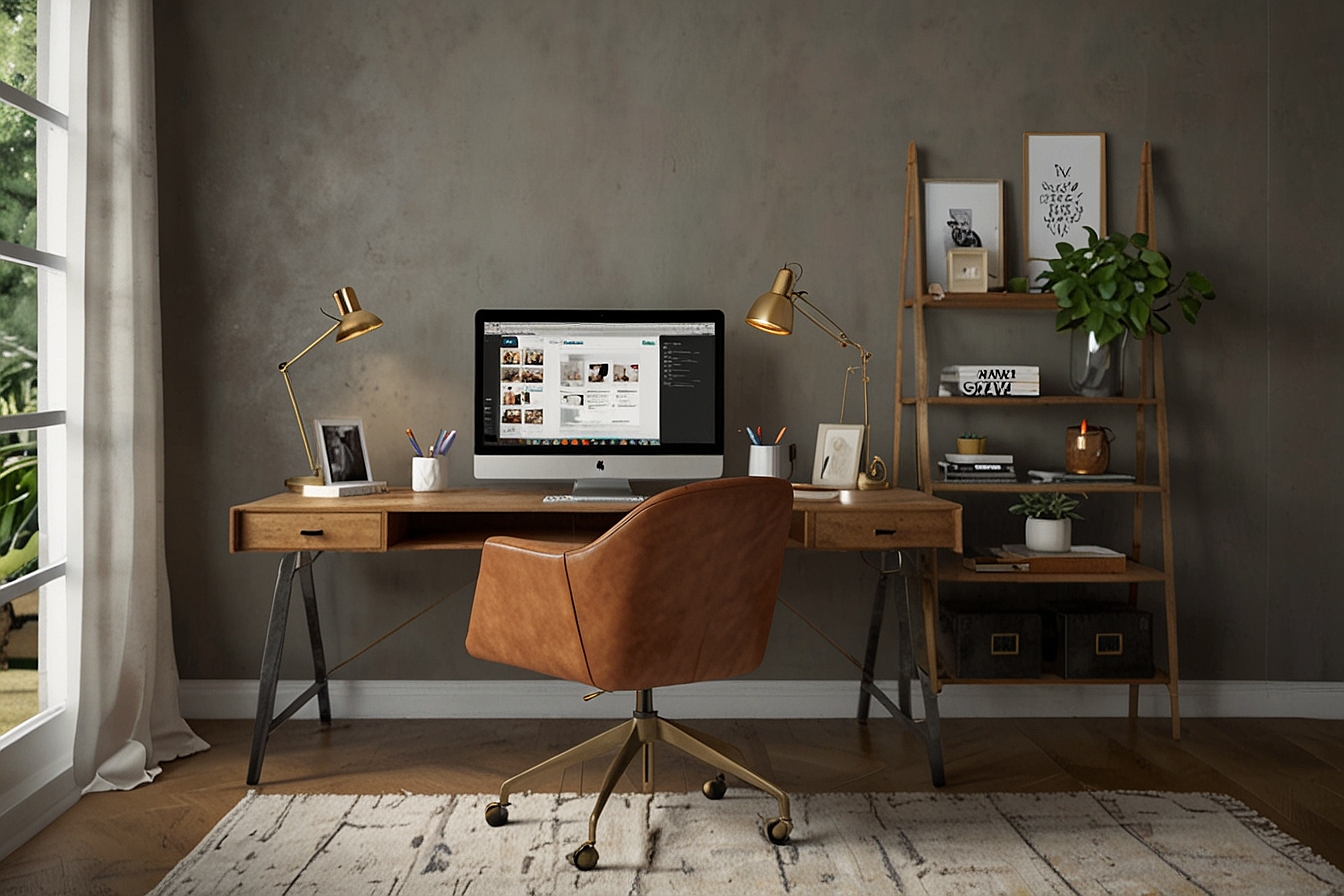In today’s fast-paced world, many of us find ourselves struggling to maintain a healthy balance between our career, family obligations, and personal well-being. The pressure to excel in each of these areas can often feel overwhelming, leaving little time for ourselves. However, achieving balance isn’t about perfectly managing every aspect of our lives—it’s about finding harmony that allows us to prioritize what truly matters while nurturing ourselves and those we care about. In this article, we’ll explore some practical strategies for juggling career, family, and personal life without sacrificing your well-being.
1. Set Clear Priorities
One of the first steps in achieving balance is understanding your priorities. Each area of your life—career, family, and personal life—requires time and energy, but not all of them need to receive equal attention at all times. Acknowledge that there will be moments when one area may need to take precedence over others. For example, during a busy work project, your career may require extra focus, while during a family celebration or event, your personal time and attention should go toward being present with loved ones.
Take some time each week to evaluate what is most important to you. Are there urgent deadlines at work? Are there special family milestones coming up? Do you need a weekend for self-care? Setting clear priorities allows you to make intentional choices and helps you avoid feeling guilty for focusing on one area more than others at a given time.
2. Establish Boundaries
Having clear boundaries between work, family, and personal life is essential to maintaining balance. Without boundaries, these areas of life can easily bleed into one another, causing stress and burnout. Establishing boundaries means setting limits on how much time and energy you allocate to each part of your life.
For work, this might mean setting specific work hours and sticking to them, especially if you work from home. Resist the temptation to check emails or take business calls outside of your designated work hours. When it comes to family time, establish a no-phone rule during meals or activities, so you can be fully present. And for your personal life, create moments of solitude, whether that’s through exercise, reading, or simply having time to relax without distractions.
Boundaries help you stay in control of your time and prevent you from feeling overwhelmed by the demands of each area of life.
3. Use Time Management Tools
Effective time management is key to balancing work, family, and personal life. Fortunately, technology offers several tools that can help you manage your time efficiently. Use calendars, to-do lists, or task management apps to organize your day and week. Schedule everything—from meetings to family dinners and personal activities—to ensure you’re allocating enough time for each.
Try using the Pomodoro Technique or time-blocking to break your tasks into manageable chunks. For example, dedicate specific hours to work and block off time in your calendar for family activities or personal moments of rest. Make use of digital reminders to keep you on track and avoid missing important appointments or commitments.
Time management tools can help you feel organized and reduce the stress of trying to juggle multiple responsibilities at once.
4. Delegate and Ask for Help
Trying to do everything yourself is a recipe for burnout. Whether at work or at home, it’s important to delegate tasks and ask for help when needed. In the workplace, don’t be afraid to ask for assistance or delegate tasks to colleagues. Teamwork can lighten your load and improve your overall efficiency.
At home, share responsibilities with your family members. If you have children, involve them in chores and activities, and assign roles based on their abilities. For couples, make sure both partners are contributing equally to family tasks, and don’t hesitate to ask for help from extended family or friends when necessary.
Remember, asking for help isn’t a sign of weakness—it’s a smart strategy for maintaining your health and well-being.
5. Practice Self-Care
To juggle career, family, and personal life effectively, you must first take care of yourself. It’s easy to prioritize everything else and forget your own needs, but neglecting self-care can lead to exhaustion and resentment. Make time for activities that nourish your body and mind, whether it’s exercising, reading, meditating, or simply taking a hot bath.
Self-care isn’t just about indulging in relaxation; it’s also about managing stress and preventing burnout. Take regular breaks throughout the day, make sure you’re getting enough sleep, and engage in activities that help you recharge. When you take care of your physical and mental health, you’re better able to show up for your family and excel in your career.
6. Embrace Flexibility
Life rarely goes according to plan, and the ability to adapt is essential when trying to balance competing responsibilities. Embrace flexibility and be willing to adjust your schedule as needed. Unexpected work deadlines, family emergencies, or personal health issues can throw you off course. When these challenges arise, don’t be too hard on yourself. Instead of feeling frustrated, adjust your expectations and move forward with a plan to catch up later.
By practicing flexibility, you reduce the pressure to maintain a rigid schedule, which ultimately helps you stay calm and focused when unexpected events occur.
7. Make Time for What Matters
Finally, it’s essential to make time for the things that truly matter to you. Whether that’s spending quality time with family, pursuing a hobby, or simply enjoying a quiet moment of reflection, find time in your busy schedule to do what brings you joy. Don’t wait until you have “extra time” because it may never come. Carve out moments for yourself and your loved ones, and make them a non-negotiable part of your routine.
Conclusion
Finding balance in today’s busy world is challenging, but not impossible. By setting clear priorities, establishing boundaries, managing your time effectively, and practicing self-care, you can create a life that honors both your career and personal needs. Remember, balance doesn’t mean perfection—it’s about making intentional choices that allow you to show up as your best self in all areas of life. It’s a continual journey of adaptation, but with the right mindset and strategies, you can thrive in both your professional and personal spheres.
4o mini













